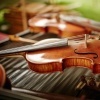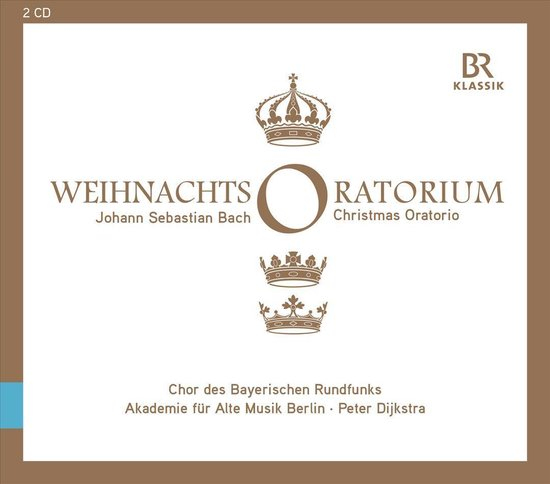Retained
-
Member Title
Sophomore Member
Recent Profile Visitors
The recent visitors block is disabled and is not being shown to other users.
-
-

The best labels for the best sound in classical music
pdvm replied to zenpmd's topic in Music Downloads & Streaming
Yes, that one. Ok, I was a bit too harsh on this recording, but it is limited, mostly in fortissimo passages. Listen for example to the Pas de deux (no. 14a), at the climax around 03:36. Those DR stats can be deceiving... it's all about having a natural distribution of loudness levels. -

The best labels for the best sound in classical music
pdvm replied to zenpmd's topic in Music Downloads & Streaming
It is generally not an issue in classical music, but it does happen, even in high profile recordings. Just listen to Currentzis recording of Tchaikovsky 6. It is so compressed in some places, it seems bizarre to me that most reviewers didn’t mention it. Some even laud it as ‘demonstration quality’, LOL. The distortion is SO audible! (If you download the hi-res file, you can actually see the waveform is completely square for most of the third movement). Same for his Mahler 6. Another example that comes to mind is Rattle’s Nutcracker. Just dynamically crushed, no DR. So beware, there are some classical albums out there that were mastered for car radios… -
-
It was made an opt-in feature in a recent update, so in the default setting it doesn’t write any musicbrains tags to your files.
-
😂 sounds like a 19th century disease…
-
I hope it sinks, and Qobuz picks up the castaways.
-
My impression: Some really great singing in part 2, but weird tempo choices and a lack of mystery…
-
I don’t see comments under the article…?
-
A requiem by a modern composer. I liked this more than I thought I would. The composer used a grand canvas to paint on. An antidote (to my ears) to so much modern classical music that seems afraid to make a big statement. The premiere in 2017 was met with great reviews in the Netherlands.
-
Played on the 1643 Van Hagerbeer organ in the Pieterskerk in Leiden, with parts dating from the 15th century. Tuned in meantone temperament, and apparently wind was provided by human-operated bellows.
-
-
Good question. Bottesini is often recorded with piano accompaniment, but I prefer the full treatment. I guess the CPO album with Furtok and the RSO Frankfurt is my favourite (excellent recording quality too). As for Mikyung Sung: there is a singing-like quality in her tone, and an intensity in her vibrato, that touches me more than most recordings.
-
I know it's not an album... but this performance of Bottesini's double bass concerto is the best I've heard. She is an amazing musician.
-
I'm using Audirvana (with Qobuz) and HQPlayer Desktop on the same machine (M1 MacBook Air). This worked for me: 1. Download and install BlackHole (I chose the 2channel option because I only listen stereo) 2. In Audirvana, set output device to Blackhole 3. In Audirvrana audio settings, set Exclusive Acces OFF, Large CoreAudio I/O buffer OFF. 4. In HQPlayer Desktop, set input to CoreAudio, device to BlackHole 5. In the source path, enter audio:default/44100/2 6. Click on the single empty track line that appears, to start conversion of the blackhole stream bij HQPlayer 7. Start playing in Audirvana. Voila! As mentioned, HQplayer sees everything as a 44,1kHz audio stream from that point, and streaming other sample rates won't work (I figured this out when a 48kHz version of Bruckner 8 was playing a semitone too low and conspicuously slow...). It's interesting, but has limitations. You can manually change the source path to audio:default/96000/2 etc, but on this laptop, results get inconsistent (probably a buffering thing from both sides, Audirvana and HQPlayer). Of course, you can also convert all higher sample rates to redbook in Audirvana, but that defeats the purpose for me. So I only use it for redbook content.










